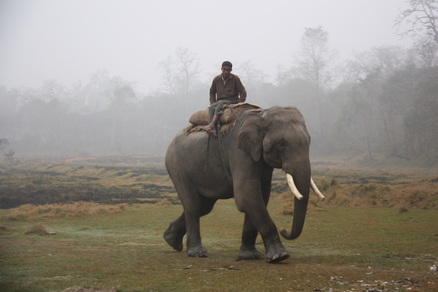 Ronald McDonald may heart Khao San, but we did not.
Ronald McDonald may heart Khao San, but we did not.
Leaving Prachuap Khiri Khan, we adopted a leisurely pace essential to survival in the 90-degree-plus sunshine and made camp on a beach at Khao Sam Roi Yod National Park. The following morning we cycled in between dramatic karst pinnacle formations to reach the trailhead for another famous feature of limestone: mesmerizing caverns open to the sky. We hiked up to the entrance for Tham Phraya Nakhon, featuring a pagoda-like "meeting hall" built for King Rama V's visit in 1890. In our typical fashion, we arrived about ten minutes too late to see the structure illuminated by rays of light filtering down through the opening, but the tree-filled cavern was a lovely blend of nature and culture nonetheless. Next we explored the aptly named Jewel Cave (Tham Kaew), featuring the usual cave formations but with the sparkly addition of calcite crystal deposits and the bonus of bat colonies and a whip scorpion sighting.




 RSS Feed
RSS Feed
